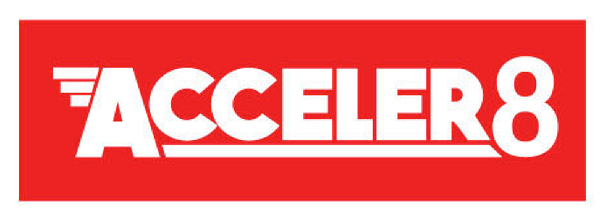Blog post -
7 steps to take, for bringing innovation to markets
You are in a situation, that you have a brand new innovation you are proud of. Hmm... you would be even more proud, if it could be purchased from somewhere, and people would use the innovation globally. Now you are pondering what to do. How to get it to the markets, then?
Very often laboratory based innovations are just born. Nobody expected the innovation to pop up, but now it is there waiting for you to do something with it. The easy solution is to apply for a patent and let the employer do the rest.
The experience on commercialisation and entrepreneurship is valued every day more and more. From the communication perspective this is very important, especially for your employer needing to show the lab brings useful and needed solutions to the market. It might be, that some of the future research funding depends on this activity. Therefore many researchers are between a rock and a hard place, when the decision for commercialisation needs to be made.
1. Find out the need
If you have a hunch where the innovation could be used, try to understand what is important for these potential users. Where can you add value - is it saving time, is it saving money, is it increasing throughput, is it increasing quality...? With a common understanding of the various processes and market behaviors, you will get already quite far. At least you are able to communicate your innovation in attractive fashion to raise some interest later.
2. Discover potential pilot clients
Once you have found out the key features you are offering, and have the feeling why the market should be using the innovation, it is time to name 5-10 players providing solutions for the market. Will these players be competitors, potential partners or even customers? The easiest is then to contact some of these and have the first very informal discussions with them. This interaction will teach you a lot, and saves also time and effort during the next steps. You might discover that there is no market for your innovation, or alternatively you will find the key sales arguments why your innovation is definitely needed.
3. Choose your focus
Now, you have a better view on your innovation's value in the market. You might have discovered also potential clients, who want to develop your innovation as a solution. They already see the potential in your innovation, which is very encouraging and rewarding. Even though the innovation could be used in tens of different domains, just choose one, which is rather easily attainable. To whom you can develop the technology, without the need of putting too much money and effort on the development? E.g. in three years time. Are there more potential clients just like him? If not, can you imagine him as a test bed for your innovation? Will he provide you access to the next phase, possessing a greater market potential?
4. Create the story how you will bring it to the market
What is the market you are addressing? Who are the actual clients? How many are there? How much money they are using? What is the unique value you are offering them? How do you develop your application in the future to reach even more different markets? How do you create money? How much of the market share you can imagine of grasping? These are all important questions when you are developing a sexy story. This story is the key for you to acquire the funding you need.
5. Find funding to support this activity
As you now have an idea for the story (hopefully containing scalable business model), you also need to think what might be happening in 5-10 years time for the owner of the IP (given it is a private spin-off). One needs to think about the 'end game' already in the beginning to open up private investors' wallets. They want to see, that you are aiming at returning their investment at least with 35% annual interest. This usually means that there needs to be a goal of selling the company to someone. Okay, there are other options as well, such as listing the company to the stock market, but it happens very seldom. Also, one could argue that having a great market share with well-protected IP is enough to skim the cream forever. Unfortunately this is not true. Competition is hard and there are new innovations emerging all the time. No IP is bullet proof. However, it definitely helps to own an IP. It is nice part of the story when selling your idea to funding bodies. Use all national funding instruments you can and make a funding strategy so that you are using them wisely. If you need to do things quickly to grasp certain market share, do not spend time on bureaucracy.
6. Develop the solution together with the potential clients
Best solutions are the ones, which are developed for a certain market need together with a potential client. Otherwise, it is hard to gain understanding on what is truly important for them. If you can use their name when you are marketing the solution to others, it is even better. Use this as a bargaining chip: "I need this much money to develop the solution, but if I can use you in all my communication in future, you will get 50% off". Good, you are developing as a salesman already!
7. Define and establish your commercialisation vehicle.
Now you know what you are selling and there are two important things to take into account.
1. Personal aspirations: Can you can think of becoming an entrepreneur, or at least provide technology support services for an established company?
2. Business related decision making: Do you need enormous resources? How many players are there? How scattered is the market - is someone controlling the market? Is your business scalable? Can you develop the innovation to different potential clients over and over again?
If you answered very negatively to all these questions, we already know, that the best for you is to try to develop the solution to a certain point, in order to seek a quick licensing deal for the IP only. Otherwise, start packing your bags for a journey to growth entrepreneurship.
Topics
- Science, technology

